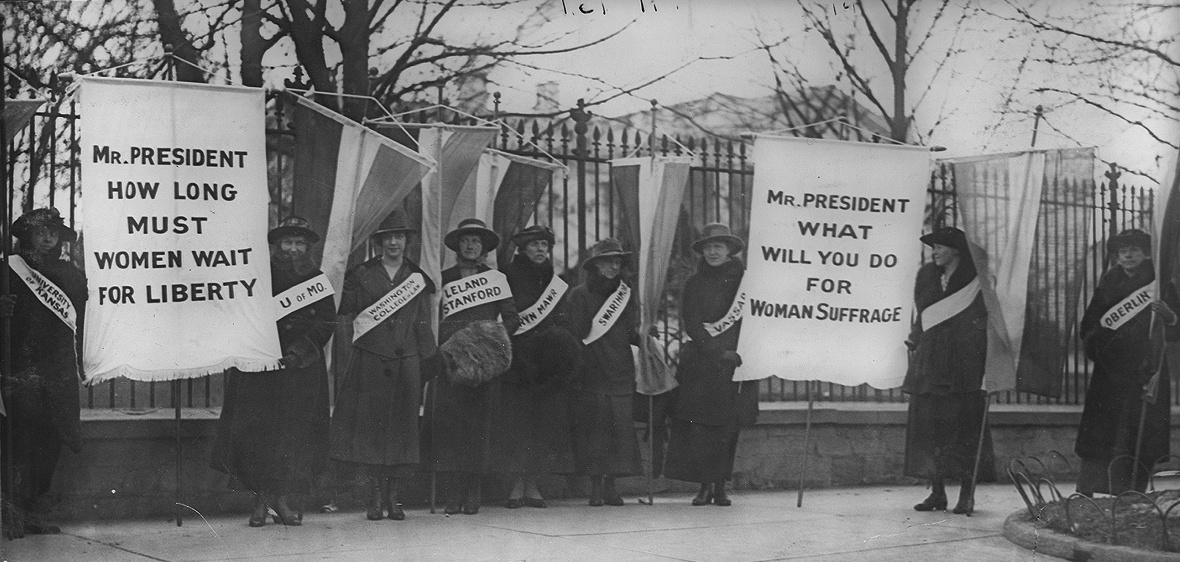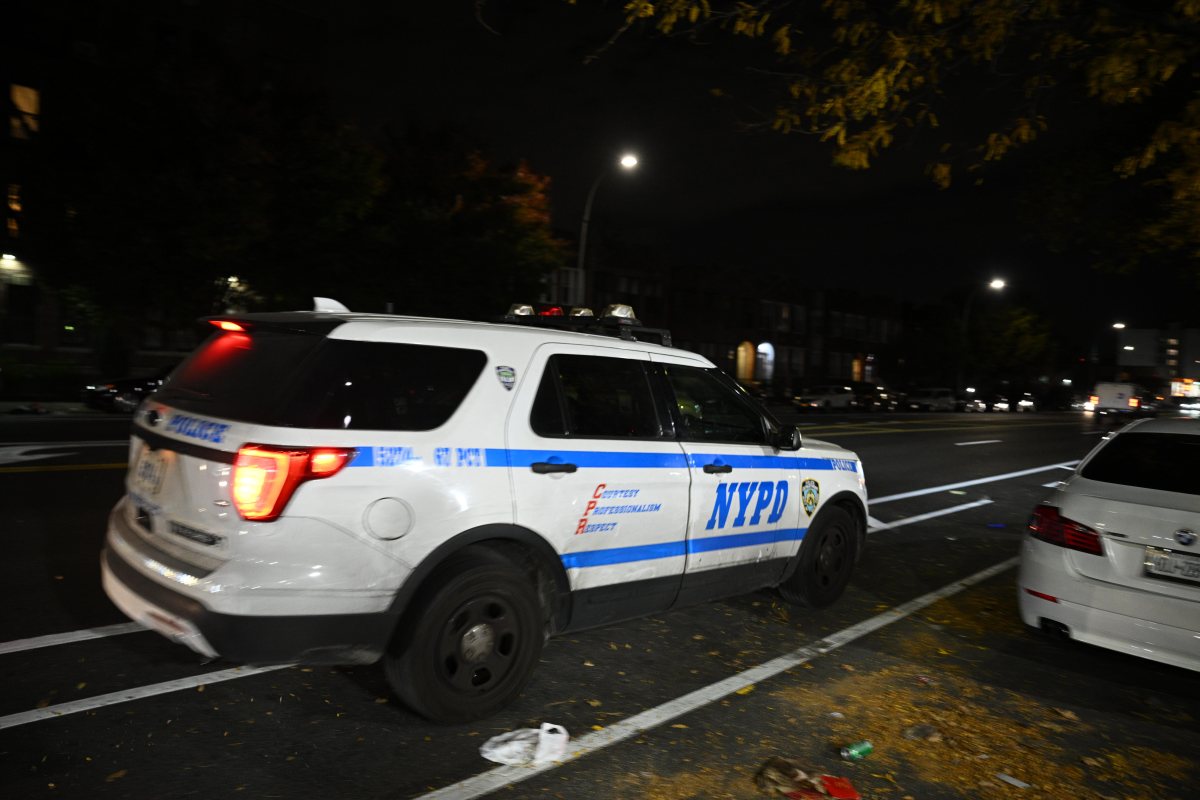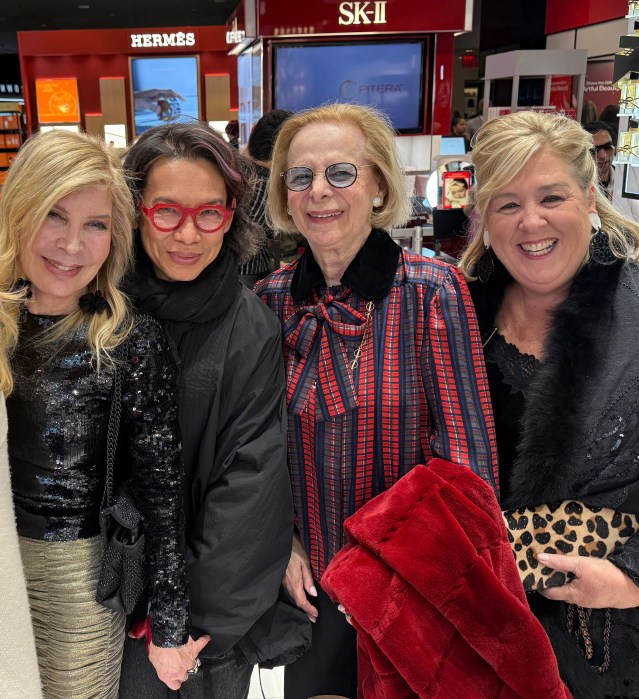A new interactive map highlights the crucial role that lower Manhattan played in the fight for women’s suffrage.
Village Preservation launched the map this month in honor of the 100th anniversary of the ratification of the 19th amendment which granted white women the right to vote.
The amendment, which was fully certified by Congress on Aug. 26, specifically prohibited states from denying voting rights to citizens based on sex. Officials still used a series of voter suppression tactics to keep some women away from the polls. In 1920, Black, Indigenous and Asian women were not citizens cutting meaning the newly won privilege did not apply to them. But the passage of the legislation is still considered a major milestone in the fight for universal women’s suffrage.
Users just need to place their cursors over a collection of scattered gray boxes on the water-color-painting styled map to learn that the Washington Square Park Arch was the starting point for the largest women’s suffrage parade in 1915.
The map spotlights a remarkable number of people and places in Greenwich Village, the East Village, and NoHo which were all long centers of “political ferment and progressive social change,” according to Village Preservation’s website.
Other historical gems included on the map are:
The Mother Zion AME Church at 215 West 10th St. where Abolitionist and Civil Rights leaders Sojourner Truth and Frederick Douglas worshiped.
Beethoven Hall, 210-214 East 5th St. the site of a 1907 Woman’s Trade Union League convention where the organization, made up of working-class and well-off women, fully endorsed women’s suffrage.
Cooper Union Great Hall at 7 East 7th Street site of the National Rights Convention where Criminal justice reformer and suffragist Abby Hopper Gibbons served as secretary. Many leading suffragists gave landmark speeches at Cooper Union.
“StoryMaps are a great way to explore history and gain a greater understanding of how places shape our lives and our collective experiences. We’re proud of how this StoryMap shows the critical role that the people and places of Greenwich Village, the East Village, and NoHo played in making the historic achievement of the 19th amendment possible,” wrote Executive Director of Village Preservation Andrew Berman in an email to amNewYork Metro.” It was wonderful to look at the diversity of people — women and men, black and white, rich and poor, radical and traditional — who worked over the course of a century and a half to secure this critical victory. On the eve of one of the most consequential elections in history, with issues of equality and justice front and center in the debate, looking at the obstacles which had to be overcome in this civil rights movement a hundred years ago and the people who helped make it happen seems more relevant than ever. “




































